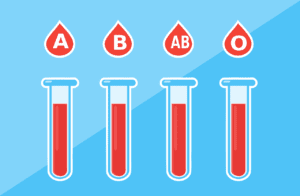Acute Promyelocytic Leukemia (APL)
What is acute promyelocytic leukemia?
Acute promyelocytic leukemia (APL) is a rare, aggressive form of acute myeloid leukemia (AML). It is characterized by an excess of promyelocytes in the bone marrow and blood, which leads to a lack of normal blood cells. While this cancer can affect anyone, it typically impacts middle-aged adults.
What are the symptoms of acute promyelocytic leukemia?
Symptoms include:
- Excessive bleeding
- Blood clots
- Pain in the affected area
- Fatigue
- Weight loss
- Loss of appetite
- Fever
- Enlarged spleen and/or liver
- Swollen gums
- Signs of anemia
What causes acute promyelocytic leukemia?
A translocation between chromosomes 15 and 17 causes this cancer. The PML gene on chromosome 15 and RARA gene on chromosome 17 fuse. This causes the production of a protein that produces abnormal blood cells. These abnormal cells accumulate and lead to the symptoms of APL.
How is acute promyelocytic leukemia diagnosed?
A doctor will first ask about medical history, perform a physical examination, and look for the characteristic symptoms. Tests will be used, such as blood and bone marrow tests, PCR tests, FISH, karyotyping, and imaging tests.
What are the treatments for acute promyelocytic leukemia?
The standard treatment for this cancer is chemotherapy in combination with all-trans-retinoic-acid. This treatment plan leads to remission in 80-90% of affected individuals. Other options include arsenic trioxide and stem cell transplants.
Where can I find out more about acute promyelocytic leukemia?
Acute Promyelocytic Leukemia (APL) Articles

Oral Arsenic Trioxide Regimen Effective for Treating APL, Study Results Suggests

FDA Lifts Clinical Hold on Phase 1 AML and MDS Clinical Trial









